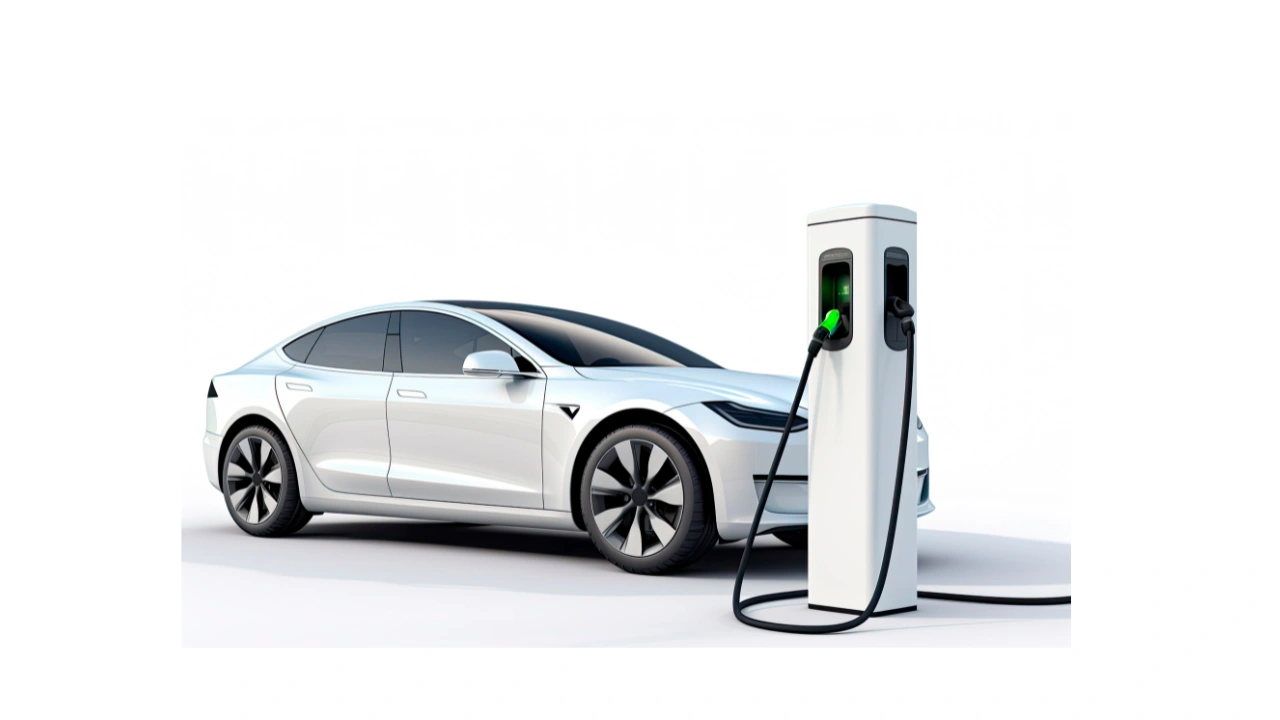Electric Vehicle
EV Charging
Retail Partnerships
Sustainability

Electric Vehicle
EV Charging
Retail Partnerships
Sustainability
The concept of a "third place"—a space for socializing outside of work and home—is facing challenges in modern society. The rise of automation and technology has diminished the human interaction found in traditional third places, leading to concerns about increasing loneliness, particularly among younger generations like Gen Z. This demographic, with its growing purchasing power, is demanding a renewed focus on fostering community and connection.
This shift presents a unique opportunity for the burgeoning electric vehicle (EV) charging industry. While initially focused on simply providing sufficient charging infrastructure to address "range anxiety" (the fear of running out of battery power), the industry is reaching an inflection point. The focus is shifting from sheer quantity of charging stations to the quality of the experience at those stations. The goal is to transform the act of charging an EV from a necessary chore into a desirable destination.
Currently, many EV drivers face challenges such as uncertainties about charger compatibility and reliability. However, by addressing these fundamental issues, the industry can focus on enhancing the user experience, thereby creating opportunities for social interaction and community building. One crucial aspect is maximizing the use of charging time – a valuable commodity for most people – by transforming it into productive or enjoyable time.
Anecdotal evidence supports the potential for EV charging stations to become social hubs. One example recounts a chance encounter between two EV drivers at a charging station, leading to an unexpected friendship that has endured over years. This highlights the inherent potential for human connection during charging sessions, a potential that can be intentionally cultivated by the industry.
Recognizing this potential, some EV charging companies are partnering with businesses to create more engaging charging experiences. Collaborations with coffee shops like Starbucks and real estate companies like Simon Property Group aim to integrate charging stations into existing social environments, transforming them into convenient and welcoming destinations. Similarly, other initiatives are emerging, such as partnerships between charging networks and grocery stores, creating convenient stops for charging and supplies. Others are creating charging networks near outdoor recreational areas to encourage community amongst adventurers.
Data reinforces the demand for a more engaging charging experience. Surveys show that around 40% of respondents prioritize the overall charging experience when deciding where to charge their EVs. Furthermore, interaction with other EV drivers is a key motivator for return visits. A significant majority—58%—prefer to spend their charging time in a social setting like a restaurant rather than alone in their vehicles.
The trend of creating more community-focused spaces is not limited to the EV industry. Other businesses are also responding to consumer demand for more social experiences. For example, some major coffee chains are actively revisiting their brand identities to emphasize their role as social gathering places.
This demonstrates a broader societal shift towards valuing human connection. Businesses across various sectors can adapt their offerings to cater to this demand. EV charging stations, strategically placed and thoughtfully designed, can play a significant role in this cultural shift.
The future of EV charging stations is not simply about providing a necessary service. It's about creating experiences that foster community and conversation. This means moving beyond the bare minimum requirements and investing in creating spaces that encourage interaction and a sense of belonging. This strategic shift could transform EV charging stations into vibrant "third places," revitalizing the concept and addressing the growing concerns about social isolation in modern society.
Detailed Analysis of the "Third Place" Potential of EV Charging Stations:
The concept of a "third place," as coined by sociologist Ray Oldenburg, refers to spaces outside of home and work where individuals can socialize and build community. Traditional examples include coffee shops, community centers, and pubs. However, the rise of technology and changing social dynamics have led to a decline in the frequency of visits to these traditional "third places."
This decline coincides with increasing concerns about social isolation and loneliness. Studies have shown a rise in loneliness across various demographics, with younger generations reporting higher levels of isolation. This has significant implications for mental health and overall well-being.
The EV charging industry has the potential to reverse this trend by strategically transforming charging stations into engaging and social environments. Several factors contribute to this potential:
Charging Time: The time it takes to charge an EV can vary significantly depending on the battery size, charger type, and charging level. Even with fast chargers, charging sessions can last for 20 minutes or longer. This time, currently often spent passively waiting, can be repurposed for productive or social activities.
Location: EV charging stations are often located in convenient locations like shopping centers, restaurants, and grocery stores. This naturally positions them as potential social hubs.
Target Demographic: EV drivers tend to be early adopters of technology and often value sustainability and community. They are a demographic predisposed to appreciate and utilize spaces designed for both convenience and social interaction.
Data-Driven Insights: The availability of data on EV charging habits allows the industry to understand user preferences and tailor services accordingly. Surveys and feedback mechanisms can provide valuable insights into what features and amenities would encourage social interaction at charging stations.
Partnerships: Collaborations with other businesses can enhance the overall charging experience. Partnering with coffee shops, restaurants, or grocery stores can provide additional amenities and attract customers who would otherwise not visit a standalone charging station.
Amenities: The design of charging stations themselves can be optimized for social interaction. Features like comfortable seating areas, Wi-Fi access, restrooms, and even pet-friendly spaces can create welcoming environments that encourage lingering and socializing.
Potential Challenges:
Despite the potential benefits, several challenges must be considered:
Cost: Upgrading charging stations to incorporate social amenities requires significant investment. The economic viability of such upgrades needs careful assessment.
Security: Creating welcoming and accessible spaces requires maintaining a high level of security to ensure safety and prevent vandalism.
Accessibility: Charging station locations must be carefully chosen to ensure accessibility for all members of the community, considering factors like public transportation and proximity to residential areas.
Scalability: The model of incorporating social amenities into charging stations needs to be scalable to accommodate the growing number of EV drivers.
User Behavior: While data suggests a demand for social interaction at charging stations, it's crucial to understand user behavior and ensure that the design and amenities cater to their preferences.
Conclusion:
The future of EV charging stations has the potential to go far beyond simply providing a service; they can be designed as community hubs, addressing the growing concern of social isolation. By incorporating amenities and partnering with businesses to create a welcoming atmosphere, the industry can transform charging time from a passive wait into a valuable social experience, potentially revitalizing the "third place" concept for a new generation. The successful implementation of this vision requires careful planning, strategic partnerships, and a commitment to creating spaces that prioritize both convenience and community. The potential for positive social impact is significant, while also providing additional revenue streams for the involved businesses.
SHARE



news
30th October 2024


news
30th October 2024

news
30th October 2024

news
30th October 2024


news
30th October 2024

news
30th October 2024

news
30th October 2024